We recently went on an almost unbelievable bike and boat tour of the Greek Islands. The tour was on a motor-yacht called the Panagiota. The Panagiota is a 75 foot (23 meter), two masted motor yacht with a large common dining area, and ten cabins able to house 20 passengers and five crew members. The cabins were relatively roomy and nicely appointed, each with accommodations for two to three guests, including an en-suite bathroom. Importantly for the bicycling portion of the tour, the Panagiota also housed storage space for bicycles for the passengers and two guides.
We were slightly surprised by the itinerary we followed on the trip, as it was modified from the one we originally received. We found out when we arrived on the boat that there were significant distances between some of the Greek Islands, and there would be some modifications to the itinerary to accommodate the expected weather. Although we were initially somewhat disappointed to find that we wouldn’t be visiting Mykonos, we later all agreed that the slate of islands we visited was extremely interesting and perhaps more inviting than the traditionally more popular (and touristy) islands like Mykonos.
We began our cruise in Piraeus port in the South of Athens, following a day and a half of sight-seeing. We’ll cover those days and the two days after we returned to Athens in another post, more to follow.
Our first stop after leaving Piraeus was the island of Aegina. Aegina, along with Poros, is one of the principle islands of the Saronic Gulf just outside of Athens. Aegina is a smaller island that is known for growing the “world’s best pistachio nuts” because of the unique climate and soil composition of the island. It was our first cycling stop on the tour, and quickly brought us to the realization that the Greek Islands are some hilly places to cycle! We rode out through the center of the island to the Temple of Aphaia, and then rode back along the coastline for a total ride of just under 19 miles. Unfortunately for some, the ride also included more than 1,200 feet of elevation gain most on the climb to the Temple of Aphaia which sits on a peak 500 feet (160 meters) above sea level.
The Temple of Aphaia is a very well preserved example of Doric architecture, and was built around 500 BC. It is thought to have been built on the remains of two other older temples, one from around 570 BC that was later destroyed by fire, and one from approximately 700 BC. Significant relics have been uncovered on the site including those from both of the previous temples, although most of the most well-preserved pediments were taken to Germany where they are displayed Munich’s Glyptothek museum.
We also visited a nice little cafe right across from the Temple that had a terrace with a panoramic view of that side of the island. We didn’t eat there, but it was a great place to have a coffee or a beer and take a break from the ride.
The next island we visited was the island of Poros. Poros is also part of the Saronic Gulf and is composed of two islands; Kalaureia, the larger Northern island, and Sphairia, the smaller Southern island where the main port of Poros City is located. We anchored in the harbor of Poros City, a beautiful city which lines the hills overlooking the harbor. Poros City is also known for a large clock tower, which is visible from across the city.
Poros is a smaller island, so our second bike tour was slightly shorter at just under 15 miles (24 kilometers). The island is also of volcanic origin, so there was still a substantial amount of hilly climbing on the ride of a little more than 1,200 feet (365 meters). We had three interesting stops along the ride, first at the Zoodochos Pigis Monastery, a large monastery built in 1720 that is built on the slope of a pine forest.
Our second stop was at the Temple of Poseidon, a large sanctuary and temple that were built originally in 520 BC. Unfortunately, the Temple is really just a ruins now, but has a great view as it sits on a hill on one of the highest points on Poros at 650 feet (200 meters) above sea level.
The third stop on our ride was a nice little beach called Russian Bay, because of the Russian naval supply depot that existed on the island throughout the 19th century. Numerous Russian buildings and facilities remain and can be seen around the Bay and harbor, although they were abandoned in the early 20th century. Russian Bay is a small but nice beach area with a taverna called the Russian Bay Bar and Grill, and chairs along the beach with umbrellas.
The next day we left by boat first thing in the morning and moved to the nearest mainland port, called Galatas. Once we were docked, we quickly disembarked the bikes and riders so we could start our third day’s bike ride from Galatas to Ermioni Port where the boat will pick us up later.
The ride to Ermioni was our longest ride of the trip, and wound around the Southeast corner of thecoast of mainland Greece. The ride featured a gradual climb for the first 5-6 miles to the town of Saronida, and then somewhat rolling hills for the rest of the ride. The ride was still a solid 1,600 feet (500 meters) of climbing, but seemed like less because of the rolling nature of most of the ride. We made a nice rest stop at a small Taverna called Akth (meaning seaside) which was located on a scenic overlook of the channel between mainland Greece and the island of Hydra, which we would visit the next day. A highlight of the stop was watching our boat the Panagiota motoring through the Bay of Hydra while we watched across the beautiful Aegean waters.
Hydra was one of the most appealing islands we visited, but also had the distinction of being the only one where a bike ride wasn’t included. Because Hydra is so small and rocky, cars and motorcycles are not allowed. As a result there are very few roads on the island, and the inhabitants get around by walking, or using horses, mules, donkeys, and water taxis. There are numerous public mule and donkey “taxi” options available around the populated areas.
We docked in Hydra port, a beautiful natural harbor surrounded by numerous restaurants, shops, and market places.
The harbor was also a short walking distance from several restaurants located on overlooks along the coast featuring amazing sunset views. We ate dinner at a beautiful restaurant called Techne Restaurant & Social which had several small tables along the overlook as well as a large shaded courtyard, both featuring perfect Western views of the coastline and sunset. The food and service were both very good, and featured lots of great local seafood and plays on traditional Greek dishes and flavors.
Hydra is also the home to a couple of great hiking opportunities, including the Prophet Elias Monastery a beautiful monastery built in 1813 on a peak 500 meters (1,600 feet) above the port on Hydra’s second highest peak. You can read more about that hike at the link below:
Hike to Prophet Elias Monastery: https://exploreconstantly.com/activities/hiking/hike-to-prophet-elias-monastery-hydra-greece/
After Hydra we sailed across into the Cyclades Islands, where our first stop was Seriphos. Seriphos was a really interesting island, with maybe the most scenic of the traditional Greek villages. The main town or Chora of Seriphos is exactly the kind of white, hillside village we picture when we think of Greece. We docked in the port of Livadi which lies in a deep natural bay on the Southeast side of the island. There is a long sand beach surrounding the port of Livadi, with several small waterfront cafes and shops.
Our bike ride left the port and immediately began climbing a series of switchbacks up some 800 feet (250 meters) to the Chora. The ride featured numerous scenic overlooks of both the port and the Chora, which were welcome breaks from the uphill ride! The Chora is a fascinating village with amazing contrasts between the traditional Greek buildings and homes, ancient Roman fortifications, and several churches from the late 19th and early 20th centuries. There were numerous cafes and tavernas, as well as several shops with locally produced goods and souvenirs.
The climb continued for another 3-4 miles as we continued to the center of the island. The road passed very near the summits of the two highest points on Seriphos, both over 1,640 feet (500 meters) meeting the Greek definition of mountains. We stopped again, at approximately the midpoint of the ride to visit the Moni Taxiarchon monastery. Founded around 1,600 Moni Taxiarchon is really more of an elaborate compound than a simple monastery, with a large chapel surrounded by a huge courtyard, itself surrounded by two stories of rooms and stone walls. Interestingly, the monastery is currently home to only two monks. One monk was older, and responsible for the facility as well as training his younger apprentice. His apprentice gave us a great tour of the grounds and the chapel, and taught us a lot about the monastery and the Greek Orthodox religion. The total ride on Seriphos was approximately 17 miles (27 kilometers) with a total climb of almost 1,800 feet (550 meters), making it our second steepest climb of the trip.
The next stop on our tour was the island of Kythnos. Kythnos is small and sparsely populated, but famous for their cheese and honey production. Both products were featured prominently in the local shops and cafes. We docked on the Northeast side of the island in the port of Loutra, which is much smaller and more remote than the main port of Merichas on the Southwest. Similarly to Seriphos, Loutra port has a nice crescent-shaped beach which is lined with several small cafes and shops. Loutra does have one great distinguishing feature that we didn’t see in any other port. There’s a nice, public hot springs right in the harbor. The natural hot springs flows into a long stone channel which empties into a stone basin that’s been crafted on one edge of the marina. The hot water mixes into the cooler water from the Aegean, and bathers can moderate the heat by selecting where they sit or stand in the basin. The hot springs is free for use, and a great way to unwind at the end of a travel day. Discrete consumption of adult beverages wasn’t an issue during our visit.
Our ride on Kythnos was the shortest of the trip, the ride up to the Chora was approximately 6.5 miles and climbed a little more than 600 feet (180 meters). The Chora was very much a traditional Greek village, white cubic structures on the top of a hill, featuring several small chapels and a clock tower.
Our last island stop was the island of Kea. Kea is known for its large number of beaches, walking and hiking trails, and outstanding restaurants. Kea was also home to perhaps the most scenic ride of our trip, but a ride that also featured the highest elevation gain of the trip at almost 1,800 feet (550 meters) in a distance of only 15.5 miles (25 kilometers). We docked in Kea’s main port of Korissia. The port is similar to several others we visited, in a protected cove with a sand beach and several cafes and shops nearby.
Our ride on Kea was almost 16 miles (26 kilometers) long, with the steepest climb of the trip at almost 1,800 feet (550 meters). Nearly all of the climbing was in the first half of the ride from Korissia to the town of Ioulis, which is located just over 1,000 feet (300 meters) above sea level. Korissia is the Chora of Kea, and is built in classic Greek style. Viewed from the road, Korissia looked to me like a bunch of white Legos that were poured down the beautiful terraced hillside.
After we left Korissia, the ride wound around to the Northern side of the island and down to the beach area of Otzias. Otzias is a beach at the end of the longest and perhaps prettiest bay we saw on the entire trip. The long semi-circular beach features a great little restaurant called Taverna Otzias. The Taverna has a nice outdoor patio with fresh local seafood, and several rows of beach-front lounge chairs with umbrellas with drink service. It was really a nice place for a break on the ride, and was probably the nicest beach we saw on the trip.
Following Kea, we motored up the coastline South of Athens and back to Piraeus port. Along the way we saw some amazing sights, including the Temple of Poseidon in Sounion. The Temple of Poseidon is one of the most recognized and revered temples in Greece, with the possible exception of the Parthenon. It was built around 440 BC by Perikles, and was built on the remains of an even earlier temple from Poros. The columns are 20 feet (6 meters) in height, so the temple makes an impressive sight despite being built on a peak almost 200 feet (60 meters) above the sea.
We continued Northward up the coast until we returned to Piraeus port to disembark. Along the way, we were treated to great views of the outskirts of Athens, amazed to see what a city of more than three million people looks like on the hills and cliffs overlooking the Saronic Gulf.
After biking just over 100 miles, and more than 8,200 feet of climbing, we returned to Piraeus port to spend a couple more days in Athens. It was an extraordinary adventure with some of the most amazing scenery we’ve ever seen. The beautiful blue-green Aegean Seas, rolling, flowering, terraced hillsides, and sandy beaches all combined to make for a memorable experience. But, the best part of the trip was the incredibly welcoming and friendly Greek people we met throughout the trip. The Greeks were perfect hosts across the board including our guides Yannis and Alexander; the Captain and crew of the Panagiota; the countless amazing shopkeepers, waiters, and bartenders; and the other citizens and townspeople we met throughout the trip. It was fantastic trip, and we can’t wait for the next one!

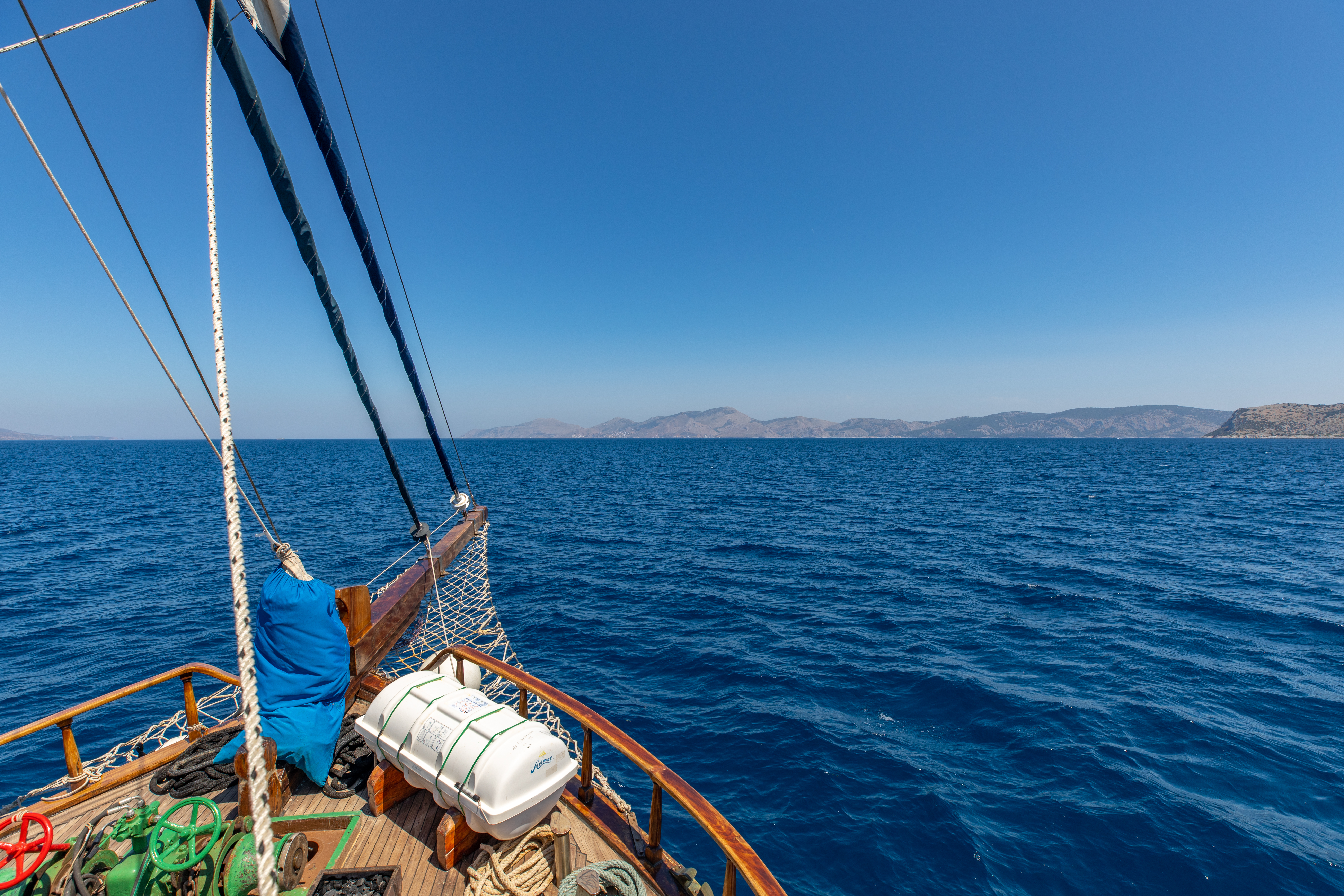
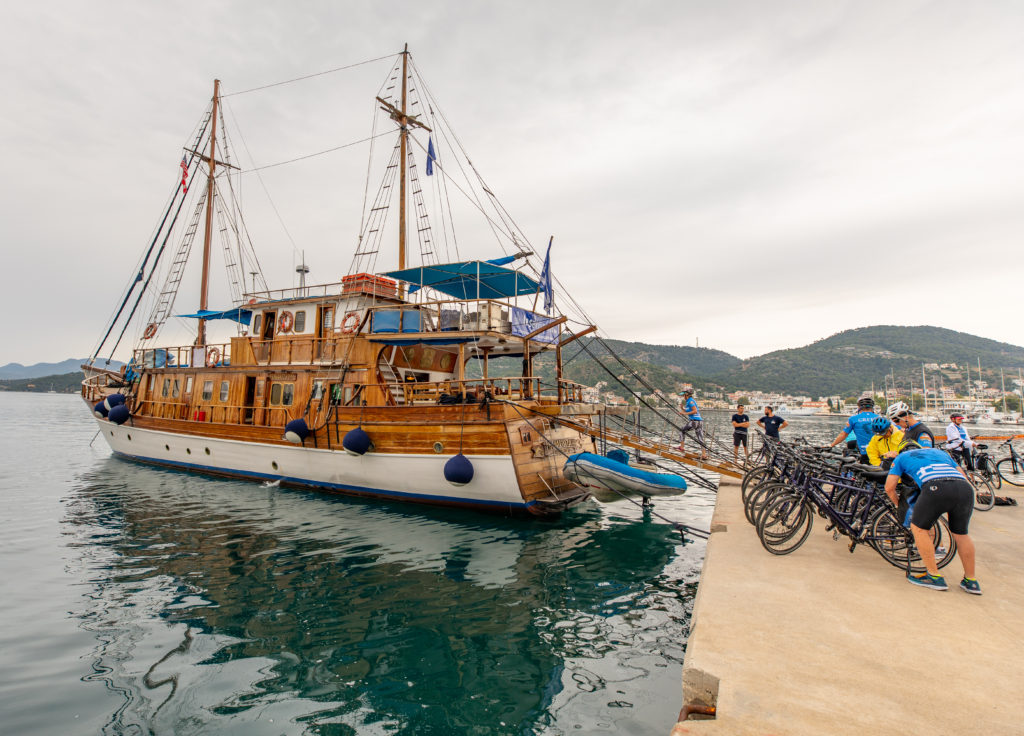
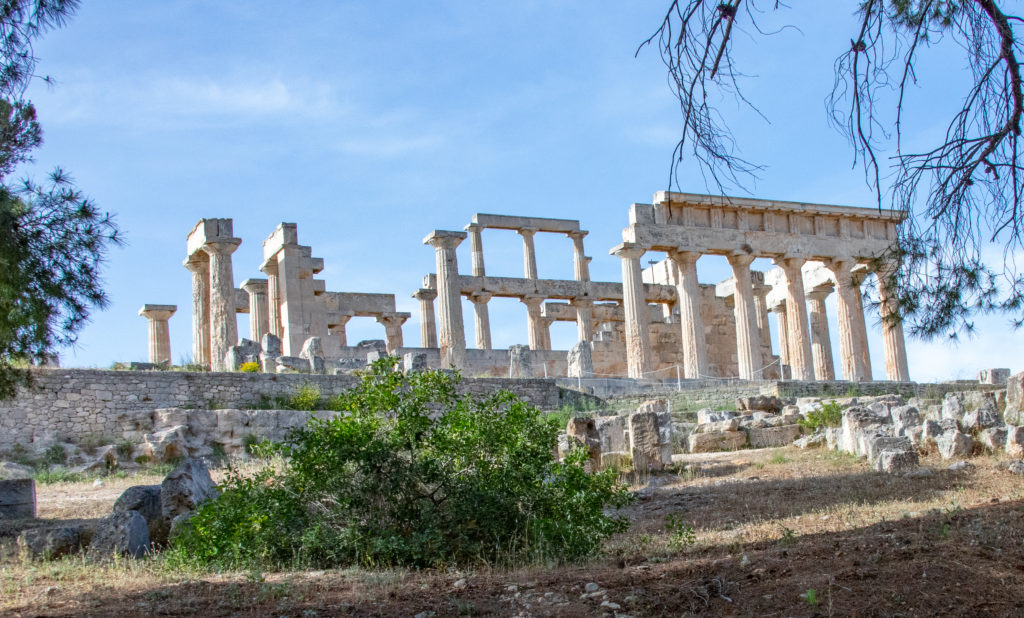
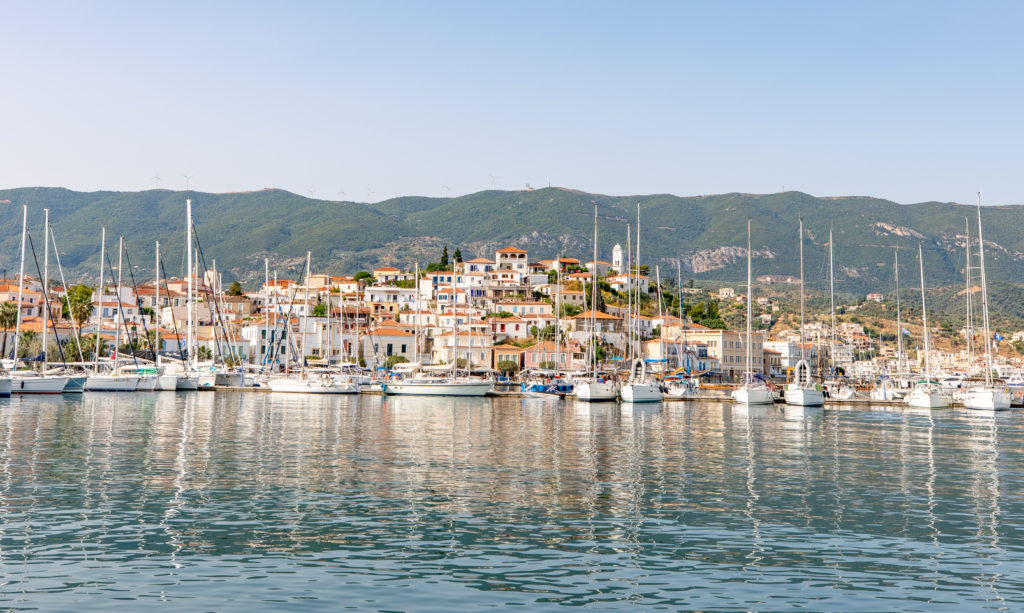
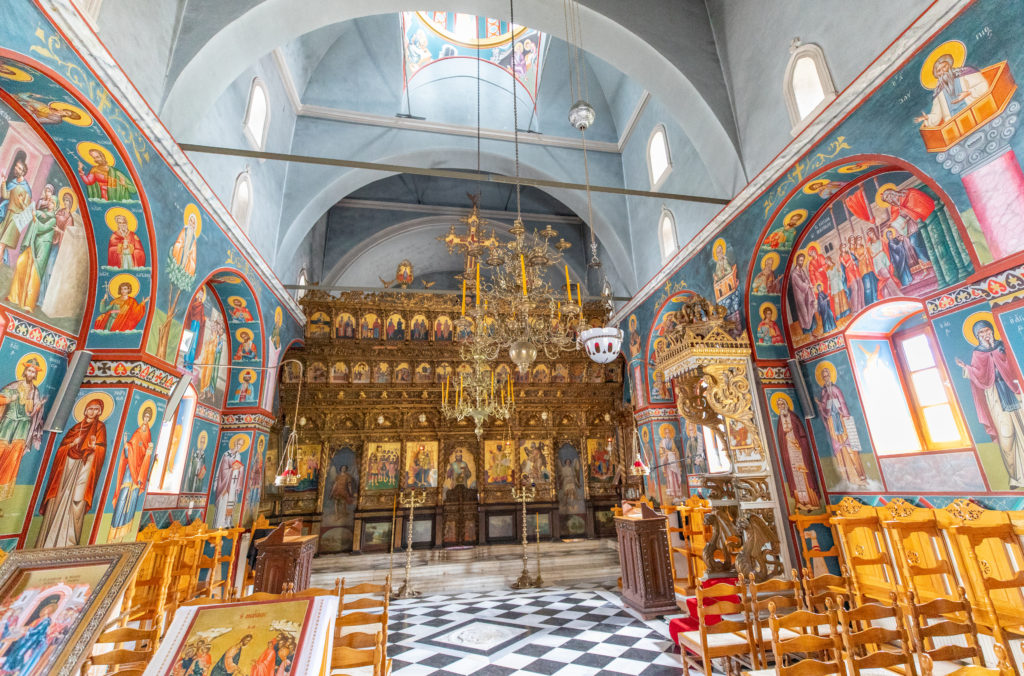
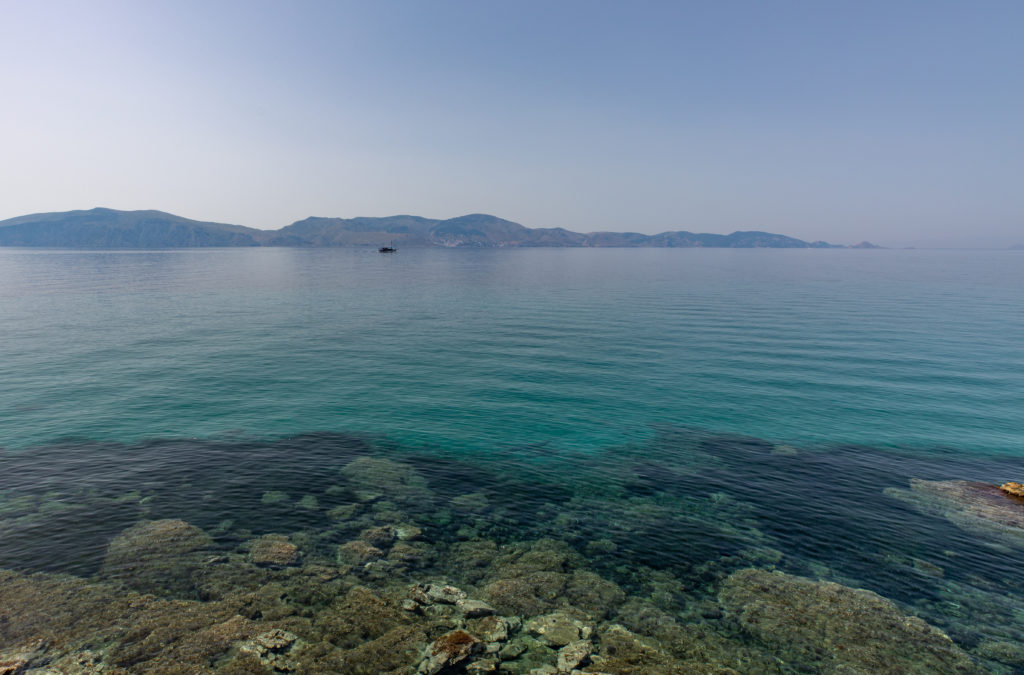
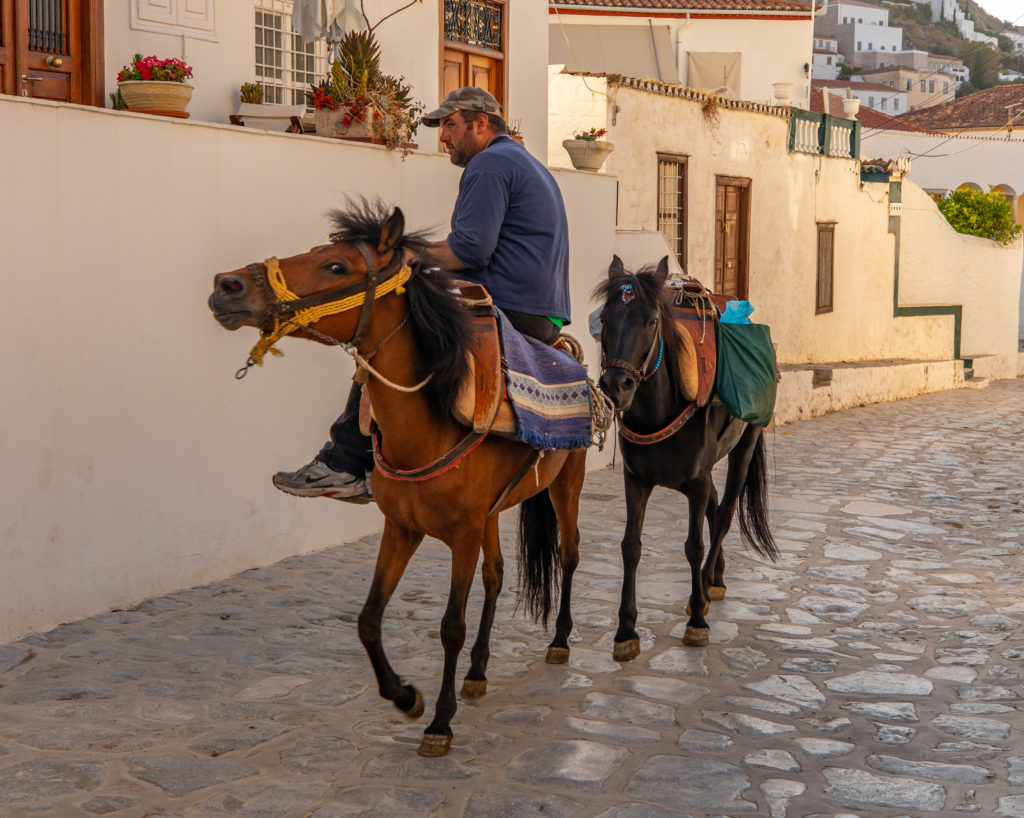
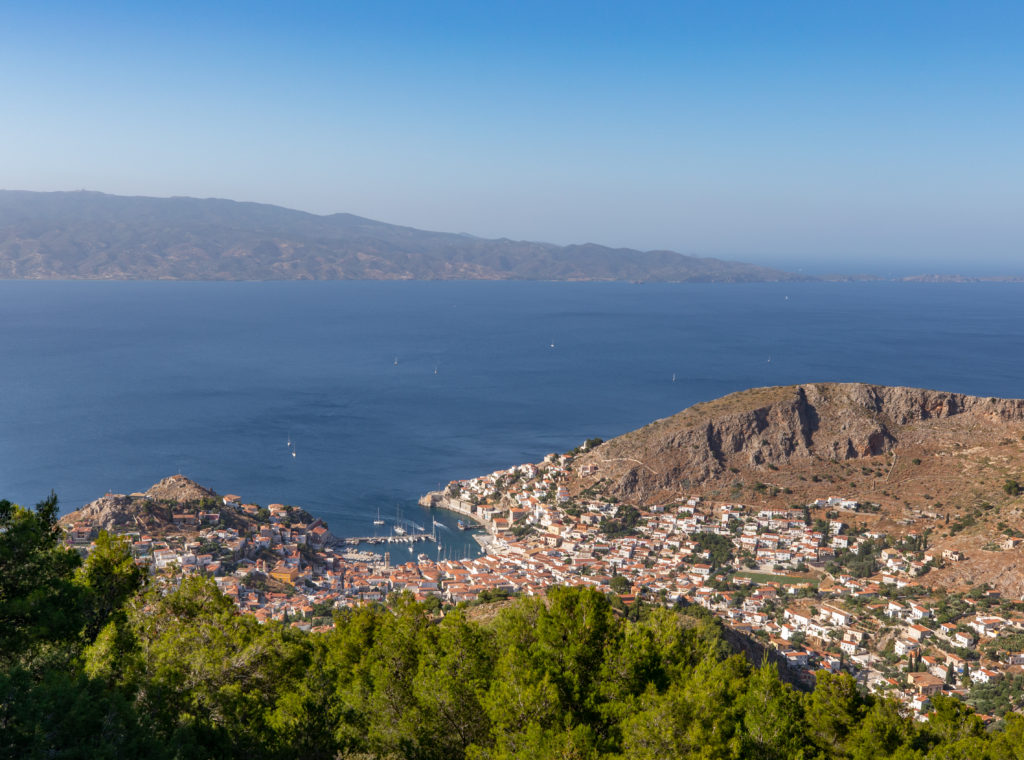
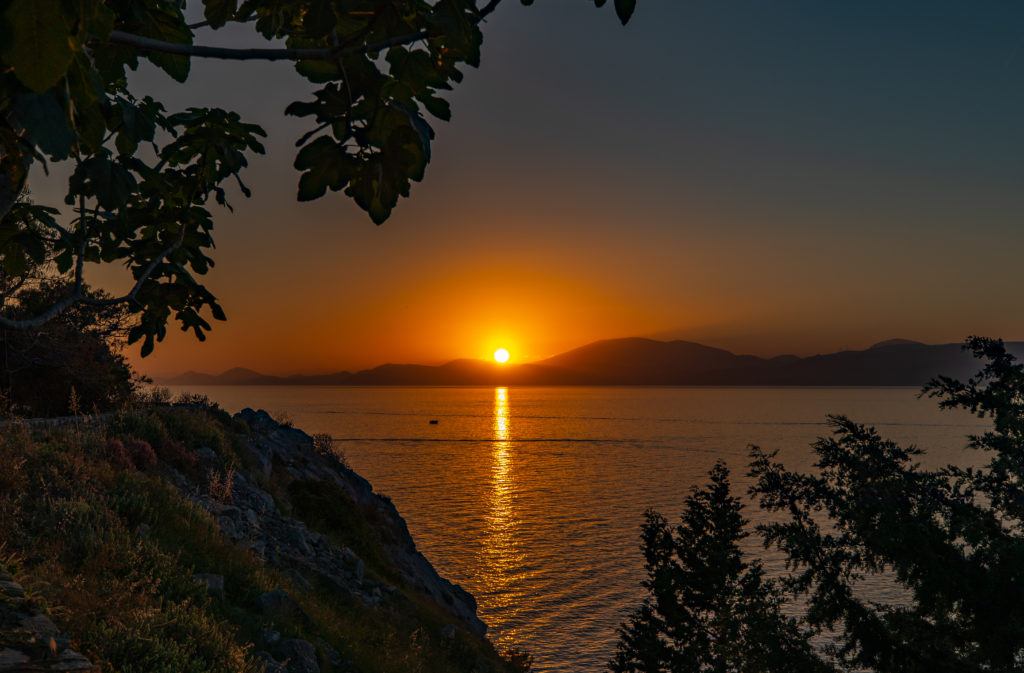
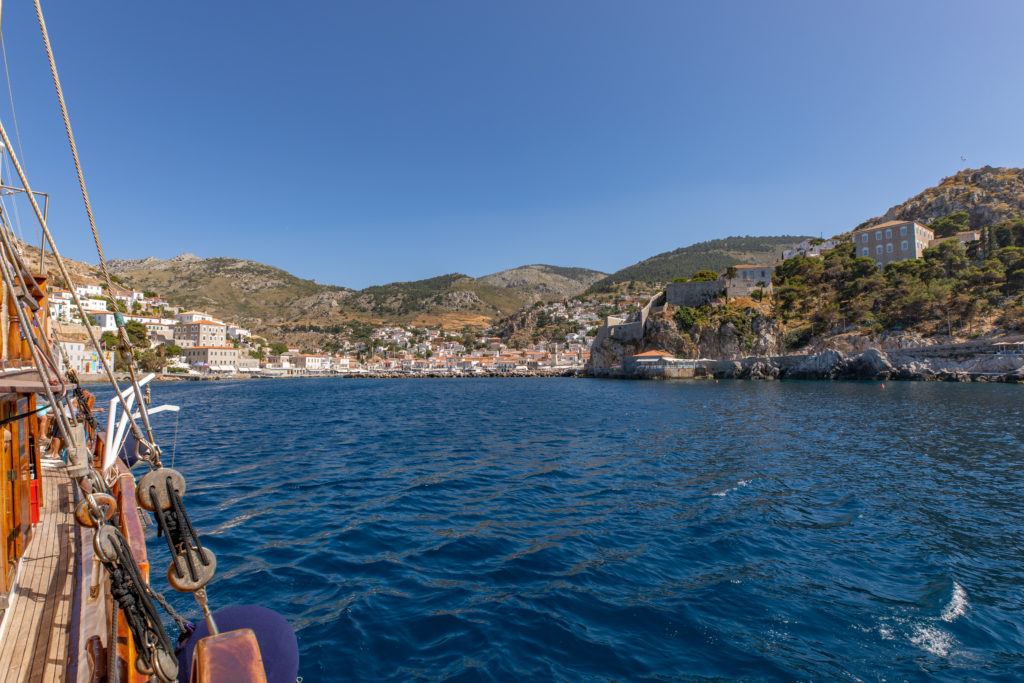
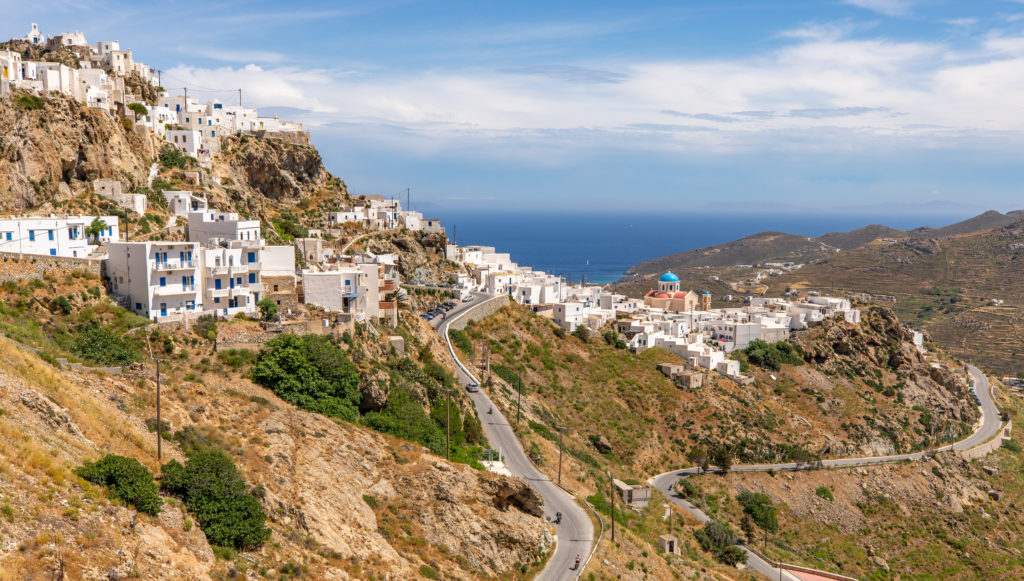
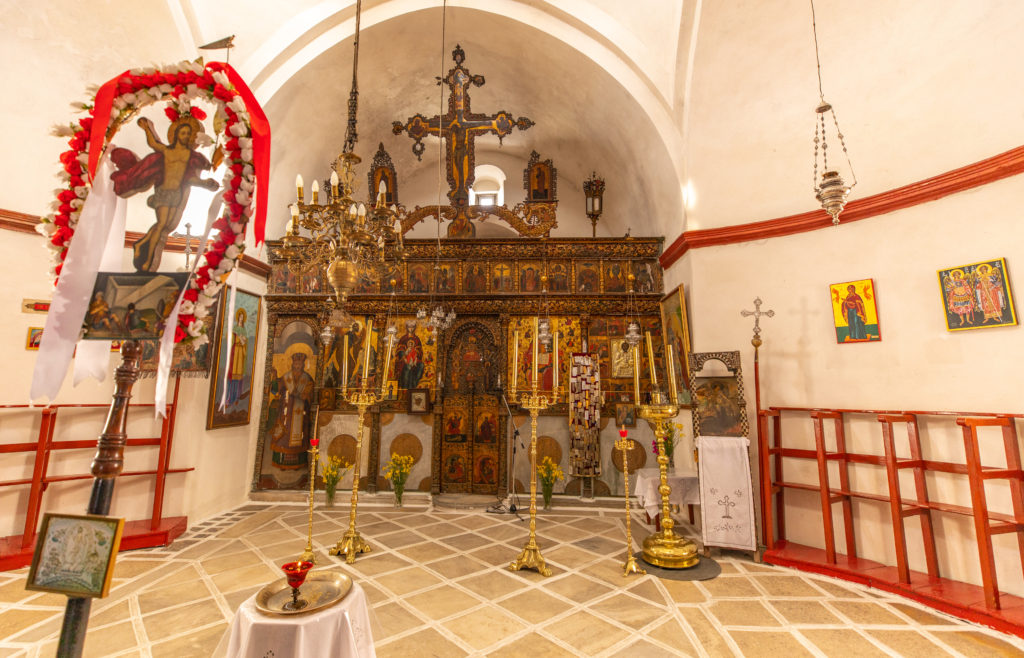
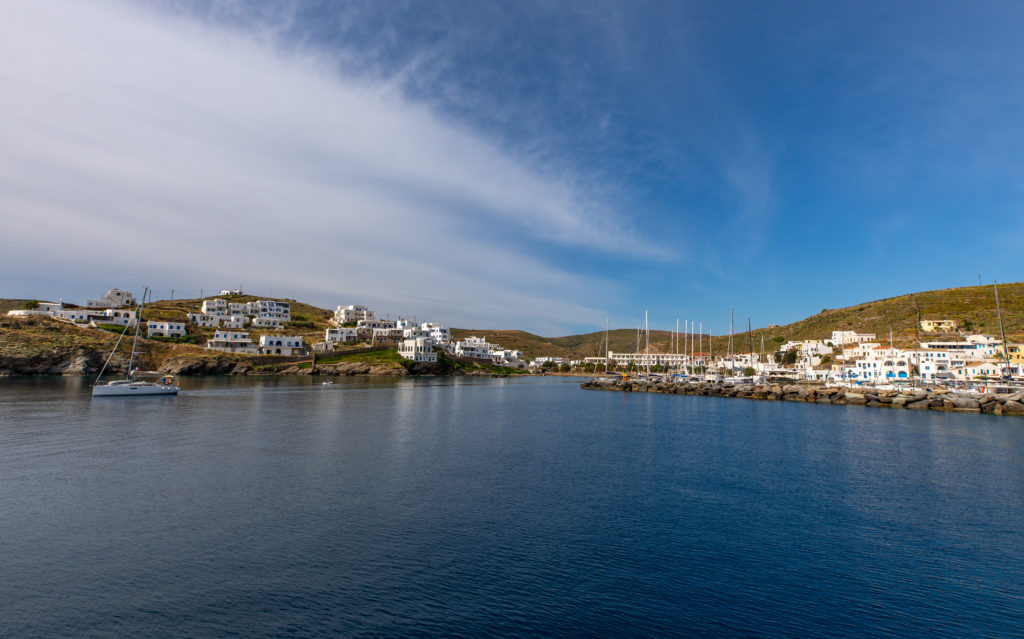
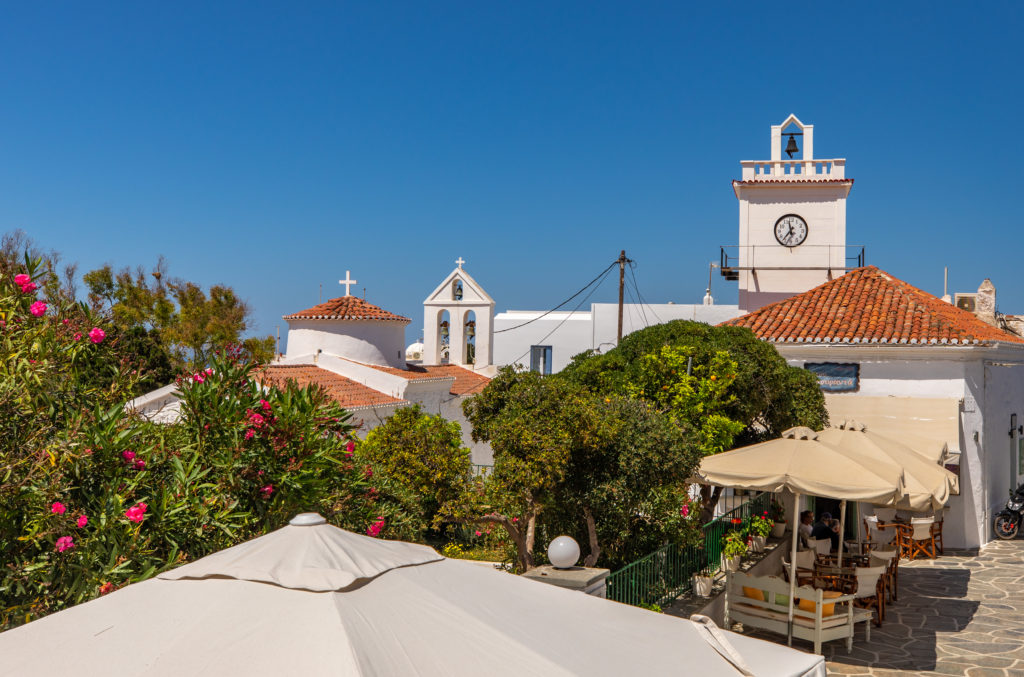
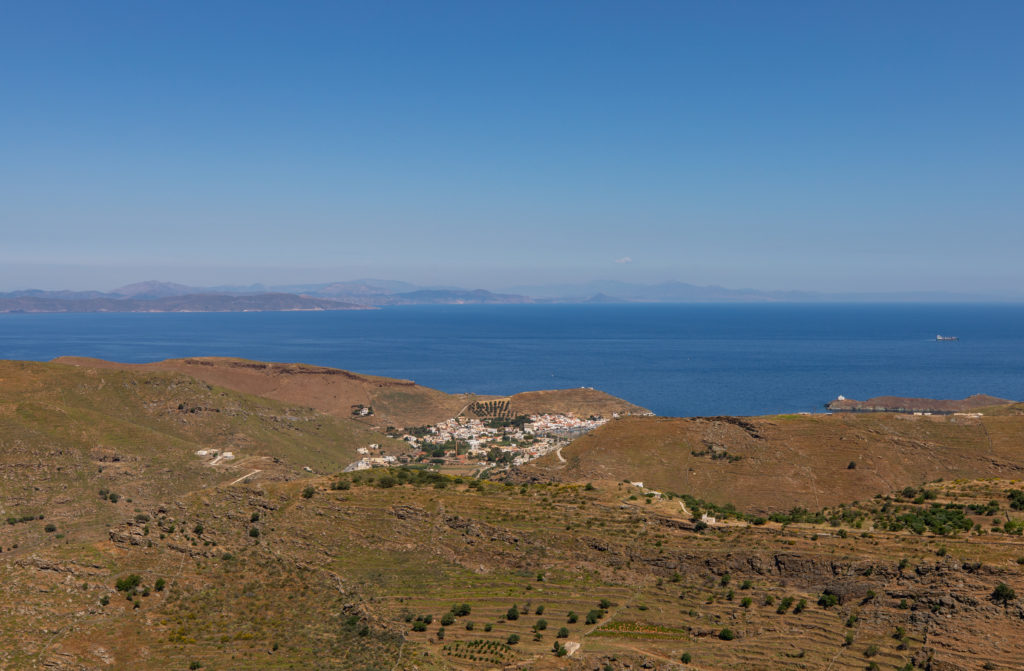
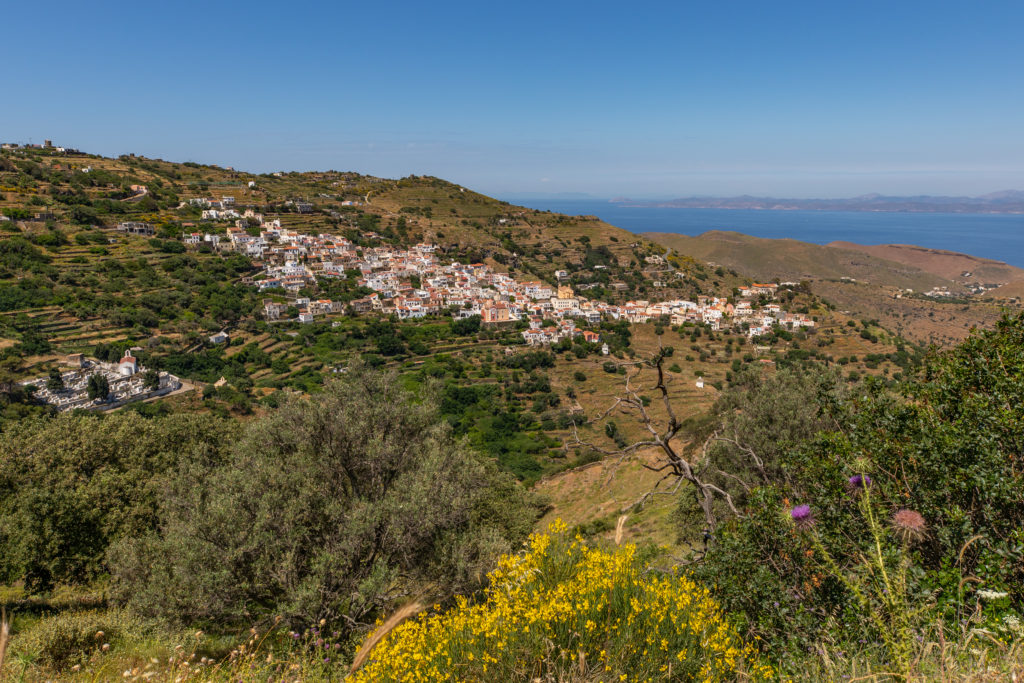
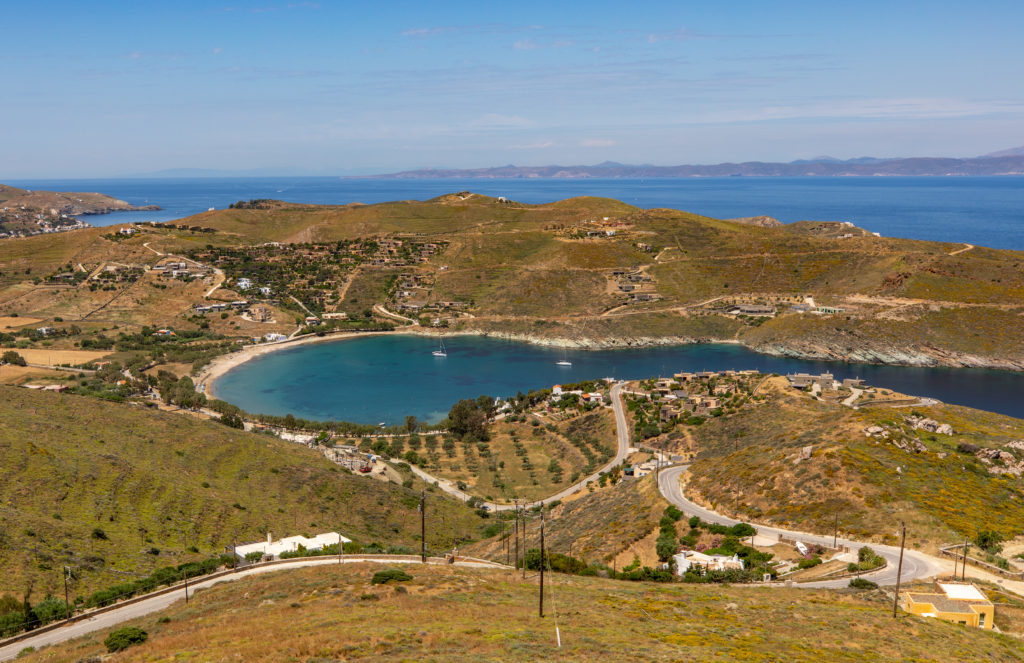
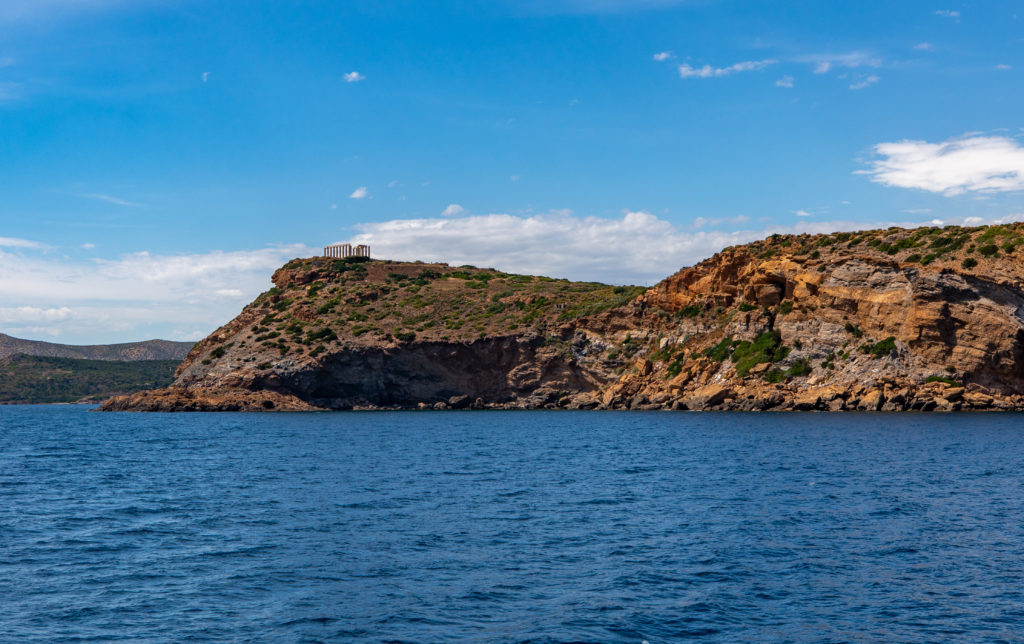
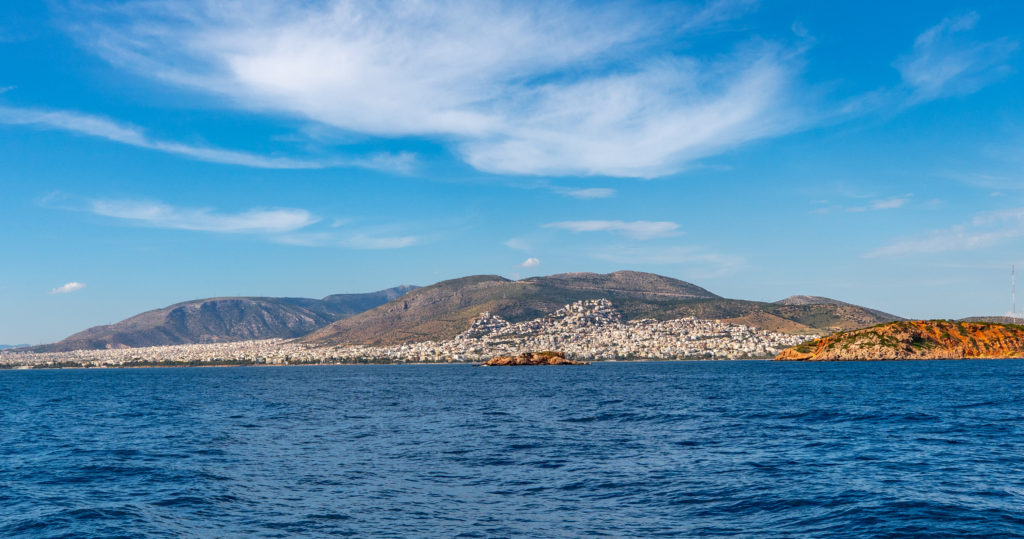
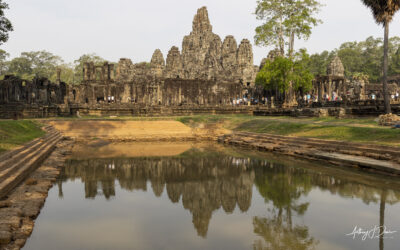
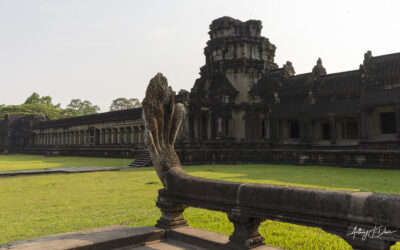
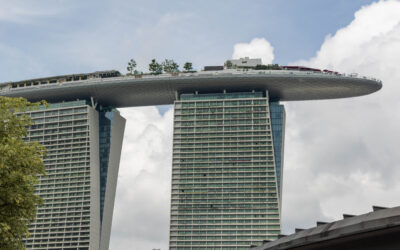
Great article !!!!
Thanks!
This was an awesome trip and I’m so glad you shared the story.
Thanks Karla. It was an awesome trip, and you were an awesome trip leader!